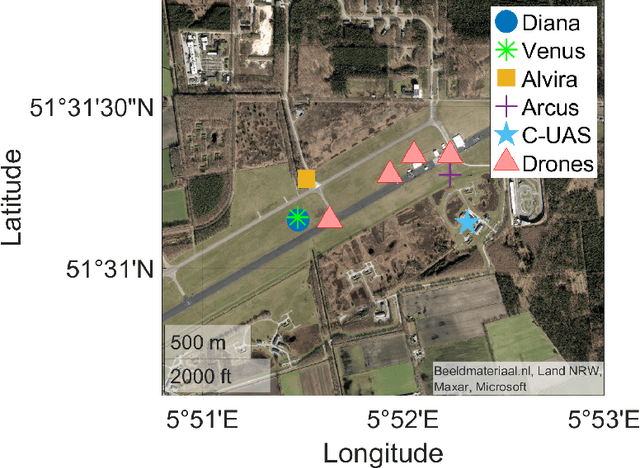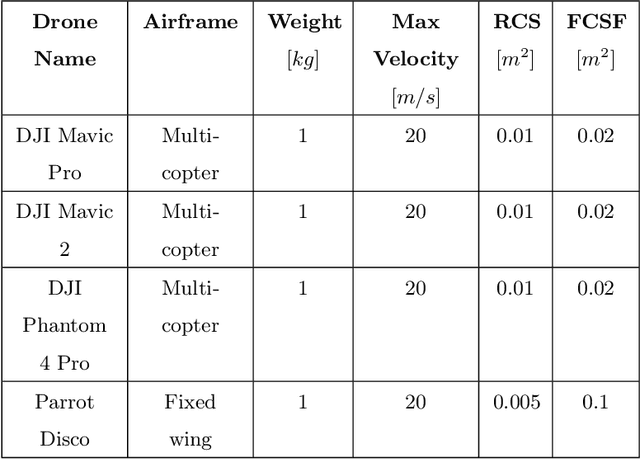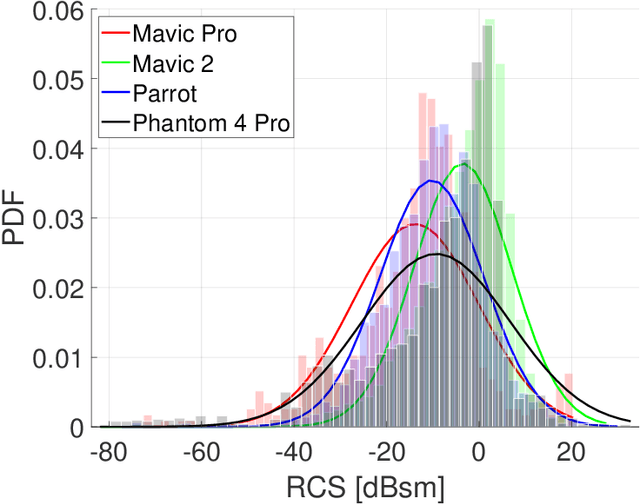Domenico Lofù
MAFUS: a Framework to predict mortality risk in MAFLD subjects
Jan 17, 2023Abstract:Metabolic (dysfunction) associated fatty liver disease (MAFLD) establishes new criteria for diagnosing fatty liver disease independent of alcohol consumption and concurrent viral hepatitis infection. However, the long-term outcome of MAFLD subjects is sparse. Few articles are focused on mortality in MAFLD subjects, and none investigate how to predict a fatal outcome. In this paper, we propose an artificial intelligence-based framework named MAFUS that physicians can use for predicting mortality in MAFLD subjects. The framework uses data from various anthropometric and biochemical sources based on Machine Learning (ML) algorithms. The framework has been tested on a state-of-the-art dataset on which five ML algorithms are trained. Support Vector Machines resulted in being the best model. Furthermore, an Explainable Artificial Intelligence (XAI) analysis has been performed to understand the SVM diagnostic reasoning and the contribution of each feature to the prediction. The MAFUS framework is easy to apply, and the required parameters are readily available in the dataset.
URANUS: Radio Frequency Tracking, Classification and Identification of Unmanned Aircraft Vehicles
Jul 13, 2022



Abstract:Safety and security issues for Critical Infrastructures (CI) are growing as attackers increasingly adopt drones as an attack vector flying in sensitive airspace, such as airports, military bases, city centres, and crowded places. The rapid proliferation of drones for merchandise, shipping recreations activities, and other commercial applications poses severe concerns on the CI operators due to the violations and the invasions of the restricted airspaces. A cost-effective framework is needed to detect, classify and identify the presence of drones in such cases. In this paper, we demonstrate that CI operators can detect, classify and identify timely and efficiently drones (multi-copter and fixed-wings) invading no-drone zones, with an inexpensive RF-based detection framework named URANUS. Our experiments show that by using Random Forest classifier, we achieved a classification accuracy of 93.4% in the classification of one or multiple specific drones. The tracking performance achieves an accuracy with an average of MAE=0.3650, MSE=0.9254 and R2 = 0.7502. Our framework has been released as open-source, to enable the community to verify our findings and use URANUS as a ready-to-use basis for further analysis.
Water Quality Prediction on a Sigfox-compliant IoT Device: The Road Ahead of WaterS
Jul 27, 2020



Abstract:Water pollution is a critical issue that can affects humans' health and the entire ecosystem thus inducing economical and social concerns. In this paper, we focus on an Internet of Things water quality prediction system, namely WaterS, that can remotely communicate the gathered measurements leveraging Low-Power Wide Area Network technologies. The solution addresses the water pollution problem while taking into account the peculiar Internet of Things constraints such as energy efficiency and autonomy as the platform is equipped with a photovoltaic cell. At the base of our solution, there is a Long Short-Term Memory recurrent neural network used for time series prediction. It results as an efficient solution to predict water quality parameters such as pH, conductivity, oxygen, and temperature. The water quality parameters measurements involved in this work are referred to the Tiziano Project dataset in a reference time period spanning from 2007 to 2012. The LSTM applied to predict the water quality parameters achieves high accuracy and a low Mean Absolute Error of 0.20, a Mean Square Error of 0.092, and finally a Cosine Proximity of 0.94. The obtained results were widely analyzed in terms of protocol suitability and network scalability of the current architecture towards large-scale deployments. From a networking perspective, with an increasing number of Sigfox-enabling end-devices, the Packet Error Rate increases as well up to 4% with the largest envisioned deployment. Finally, the source code of WaterS ecosystem has been released as open-source, to encourage and promote research activities from both Industry and Academia.
 Add to Chrome
Add to Chrome Add to Firefox
Add to Firefox Add to Edge
Add to Edge